Optimal Timing for Antenna Installations
Antenna installations are typically most effective during periods of stable weather. Clear, dry days with minimal wind provide optimal conditions for mounting and aligning antennas accurately. Installing during these times reduces the risk of weather-related delays and ensures the longevity of the equipment.
Seasonal considerations can also influence antenna performance. Spring and fall often offer moderate weather, making them suitable for installations. Extreme temperatures or heavy rain can hinder installation processes and affect signal quality if not scheduled appropriately.
Choosing days with clear skies and low wind speeds ensures safer and more precise antenna installation.
Spring and fall generally provide moderate weather, reducing installation risks and improving signal stability.
Scheduling installations during stable weather minimizes delays caused by rain, snow, or high winds.
Extremes in temperature can affect equipment and installation comfort, making moderate temperatures preferable.
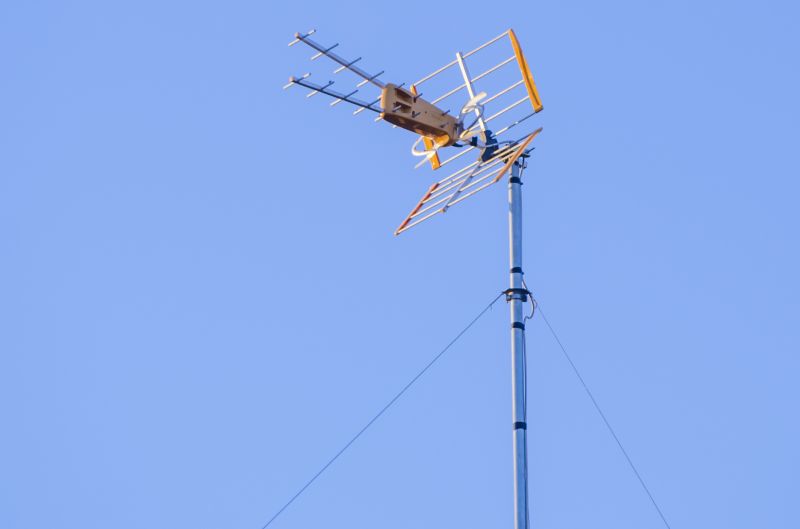
Technicians work on mounting antennas during calm, dry days for optimal results.
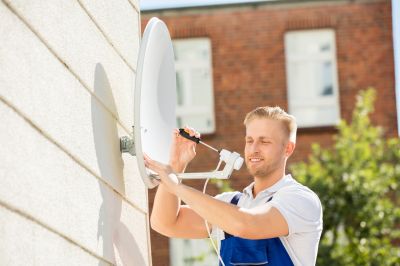
Installing antennas in spring or fall can ensure better signal reception and safer conditions.
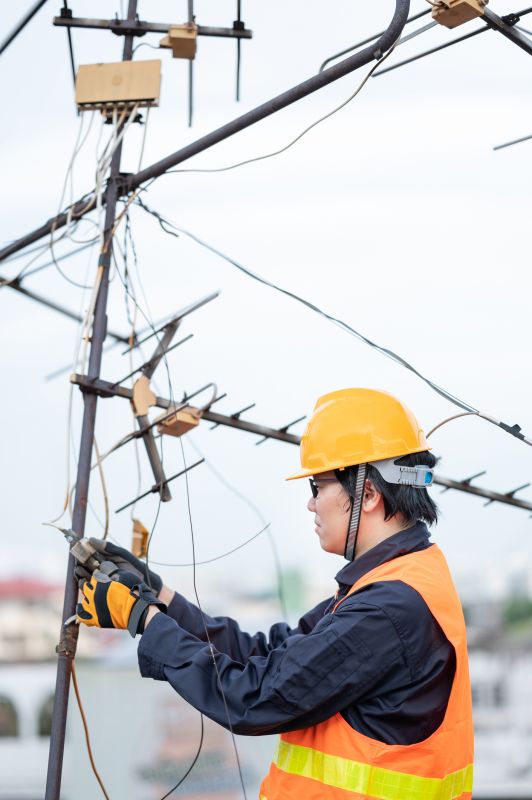
Weather conditions significantly influence the quality and safety of antenna setups.

Ways to make Antenna Installations work in tight or awkward layouts.
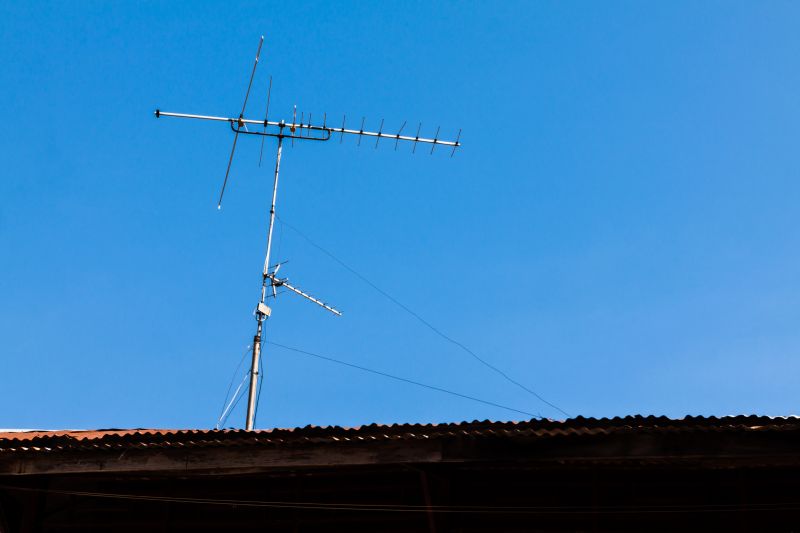
Popular materials for Antenna Installations and why they hold up over time.

Simple add-ons that improve Antenna Installations without blowing the budget.
| Factor | Consideration |
|---|---|
| Weather Conditions | Clear, dry days are ideal for installation. |
| Temperature | Moderate temperatures help equipment and personnel. |
| Season | Spring and fall are often preferable. |
| Wind Speed | Low wind speeds ensure safety and accuracy. |
| Rain/Snow | Avoid during precipitation for safety and equipment protection. |
| Daylight Hours | Longer daylight hours facilitate safer work conditions. |
Antenna installations are crucial for ensuring optimal signal reception and transmission. Proper timing, considering weather patterns and seasonal conditions, can enhance the effectiveness and safety of the process. Accurate installation during favorable weather conditions minimizes disruptions and maximizes equipment lifespan.

Technicians securely mount antennas during optimal weather for better signal alignment.
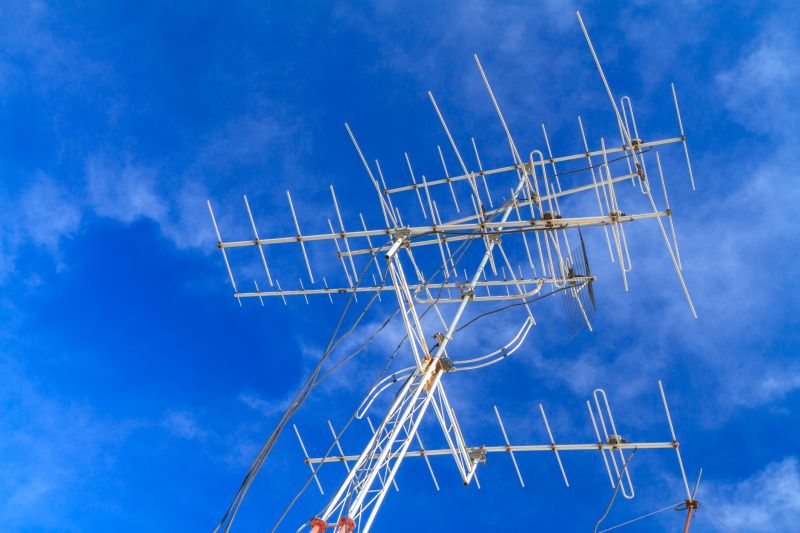
Choosing the right season can improve installation safety and performance.
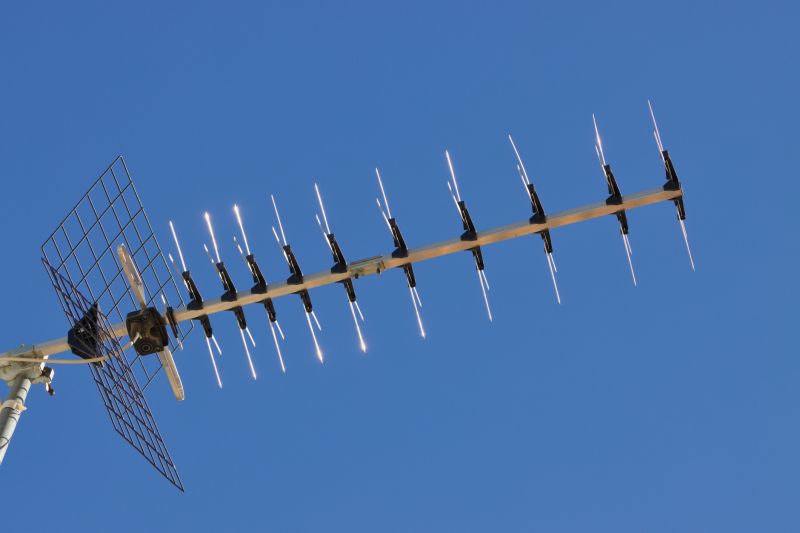
Proper timing reduces weather-related signal disruptions.

Weather considerations are key to safe and effective antenna setup.
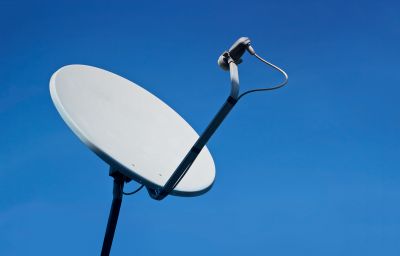
High-end options that actually feel worth it for Antenna Installations.
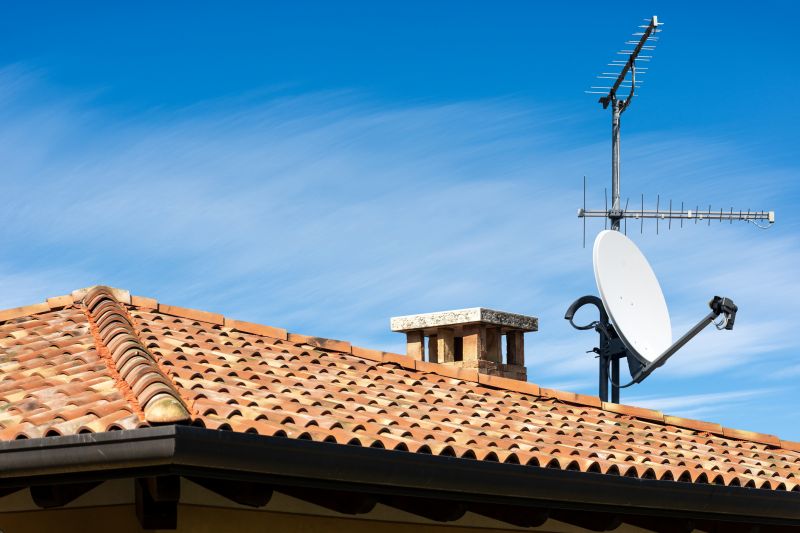
Finishes and colors that play nicely with Antenna Installations.
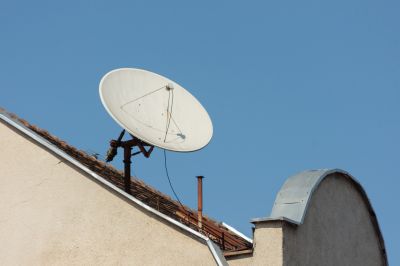
Little measurements that prevent headaches on Antenna Installations day.

A 60-second routine that keeps Antenna Installations looking new.
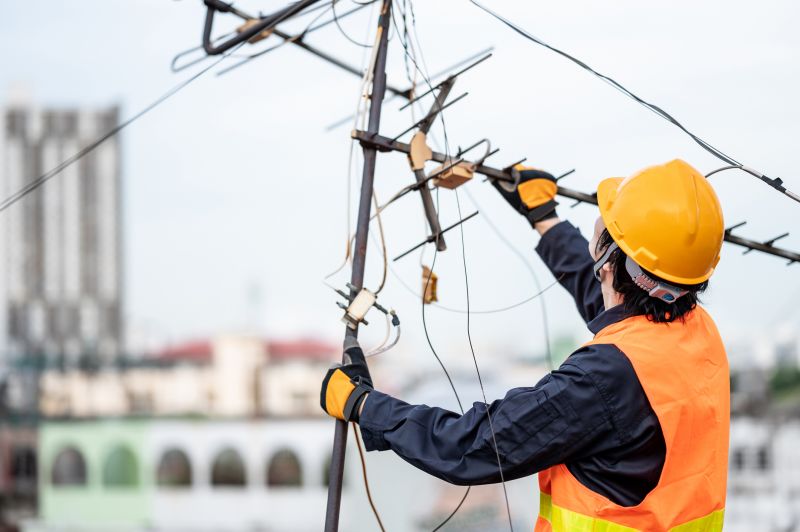
A frequent mistake in Antenna Installations and how to dodge it.

Small tweaks to make Antenna Installations safer and easier to use.
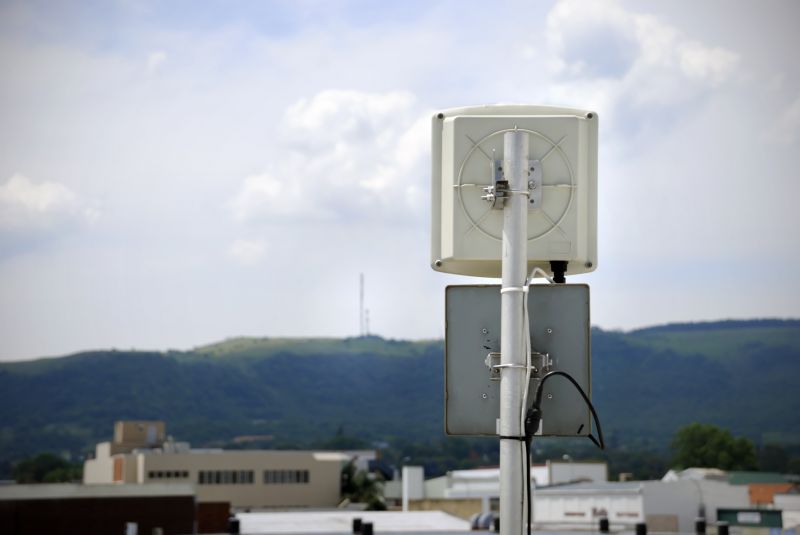
Lower-waste or water-saving choices for Antenna Installations.
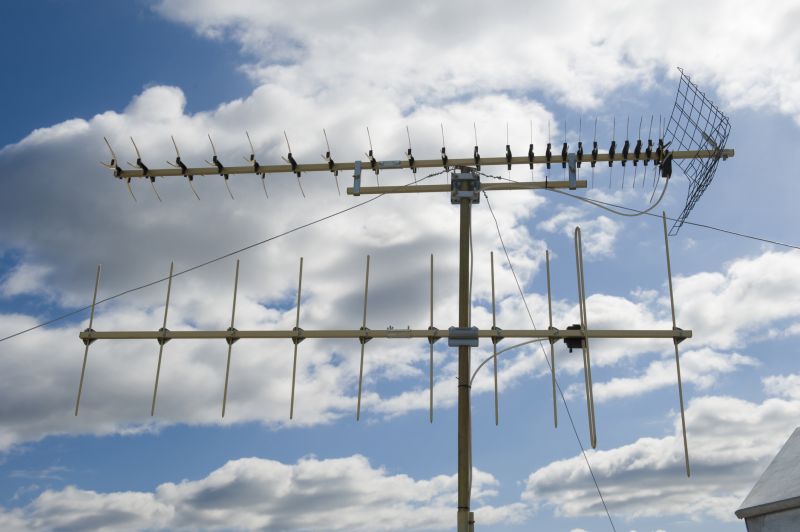
The short, realistic tool list for quality Antenna Installations.
Interested in scheduling an antenna installation? Filling out the contact form can provide more information and help plan the optimal timing for your setup.
